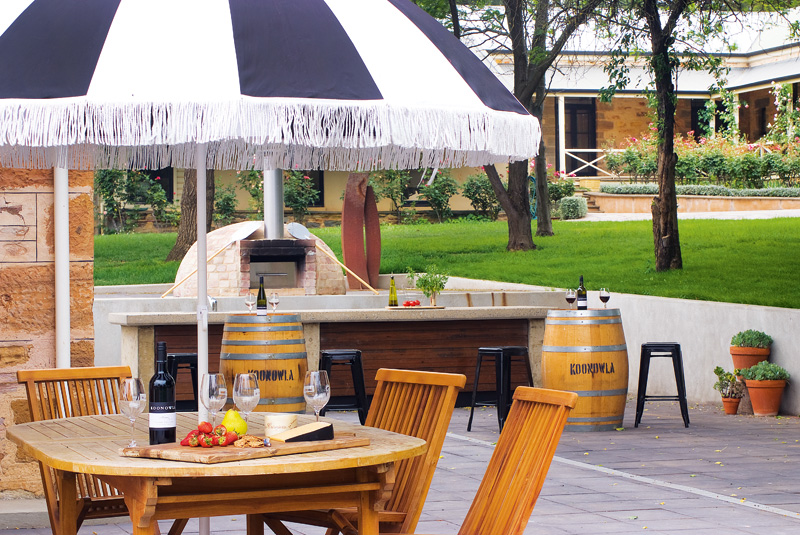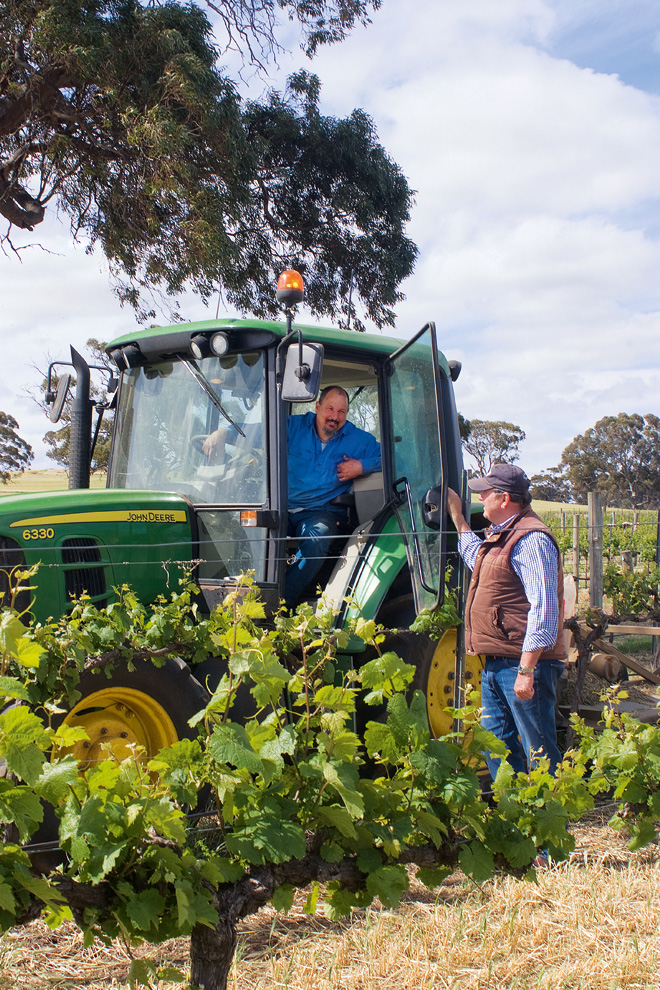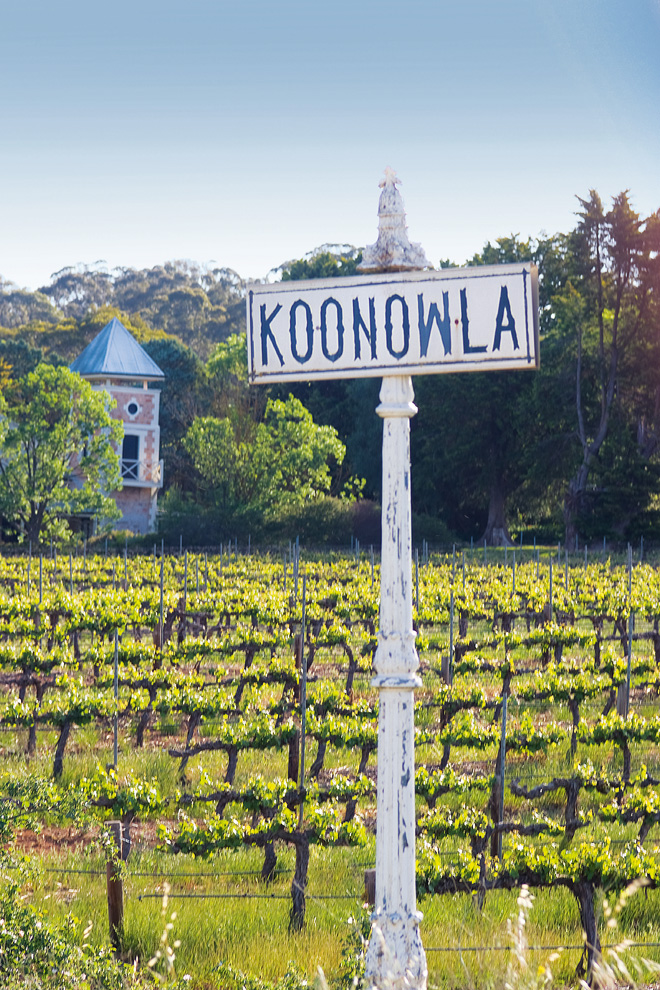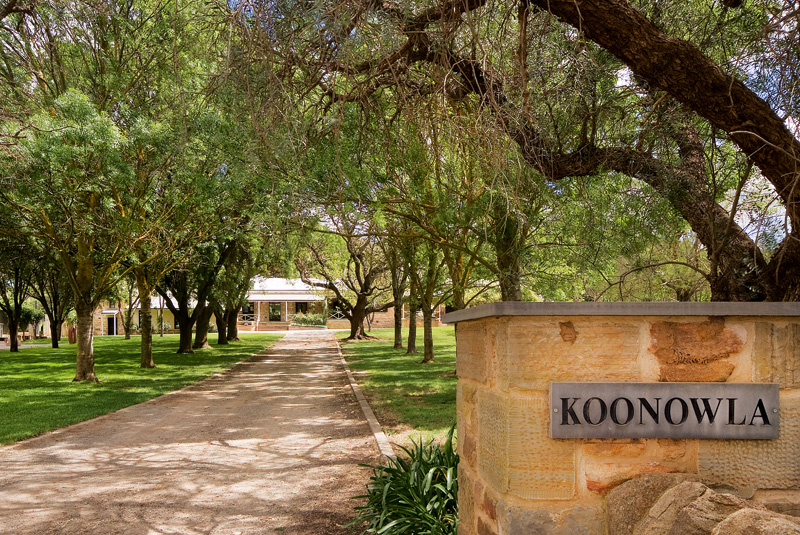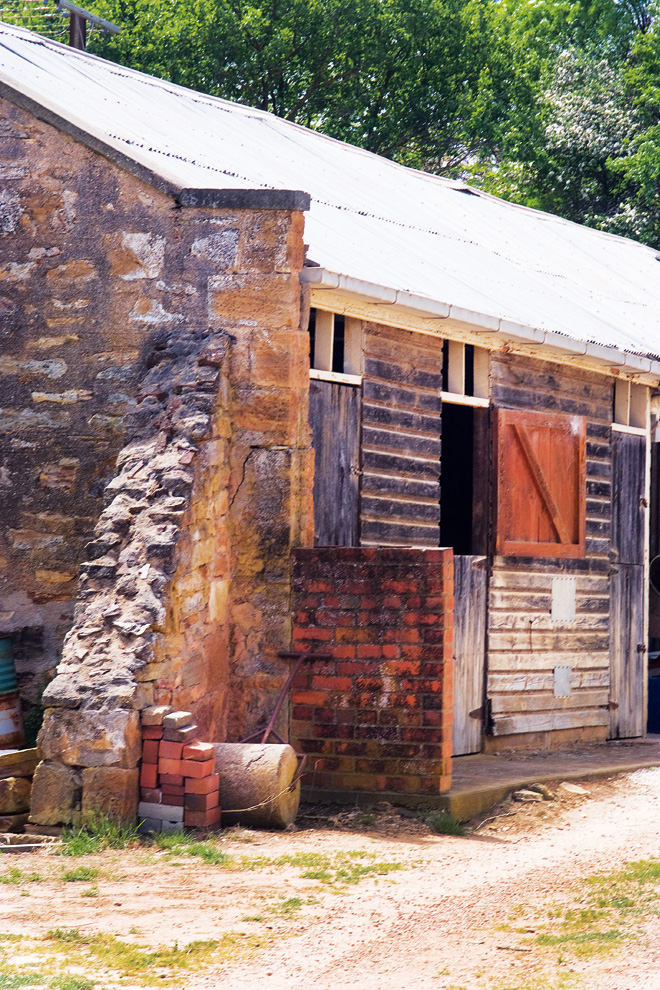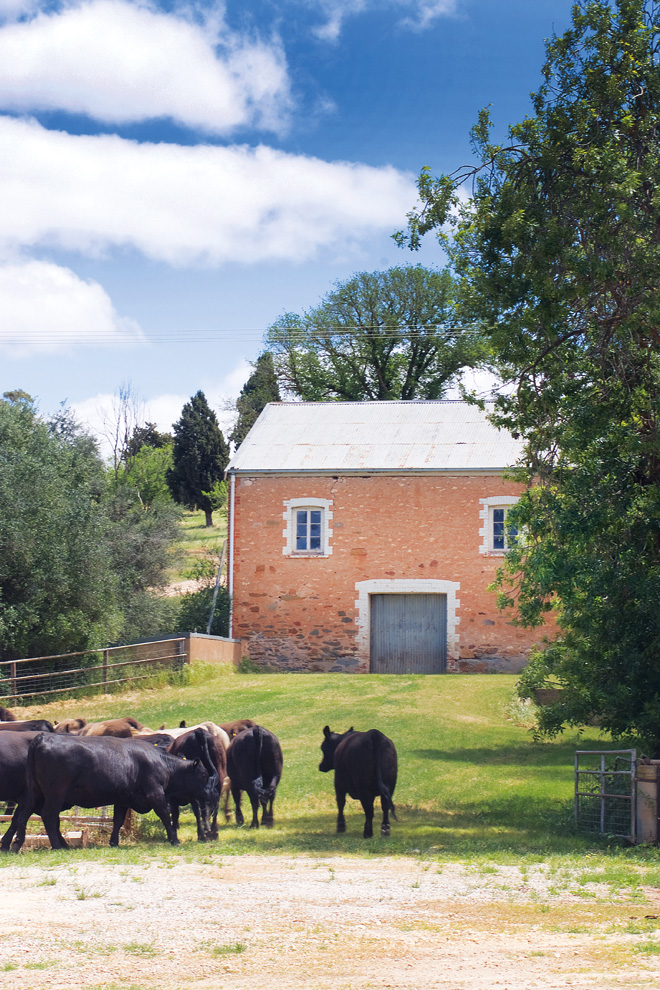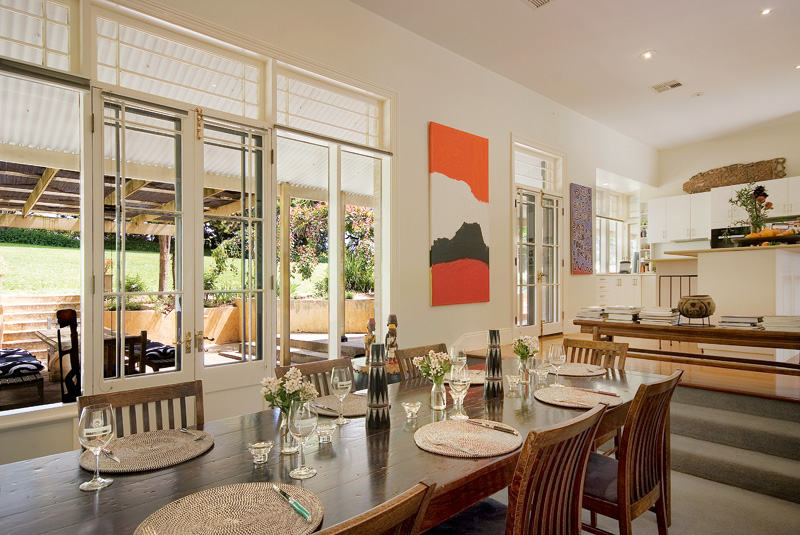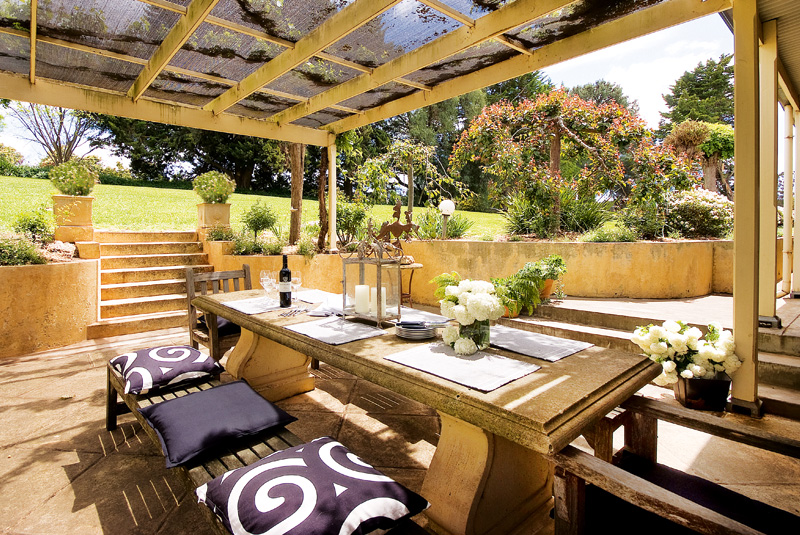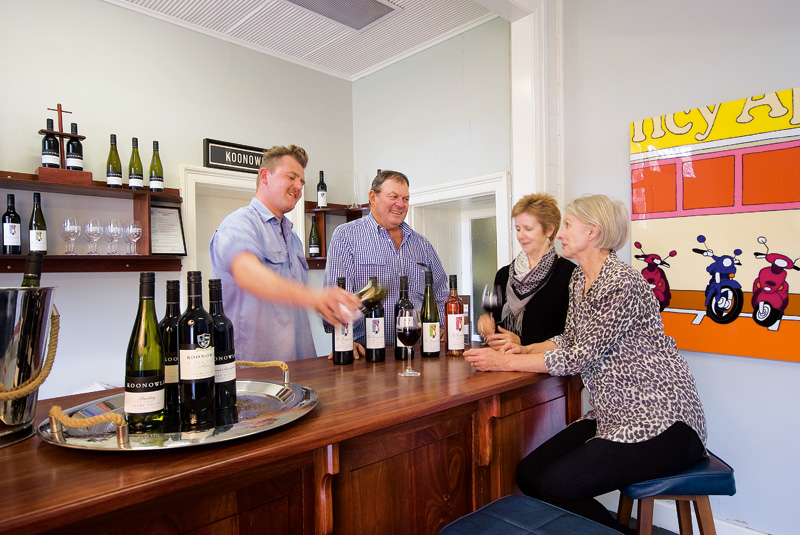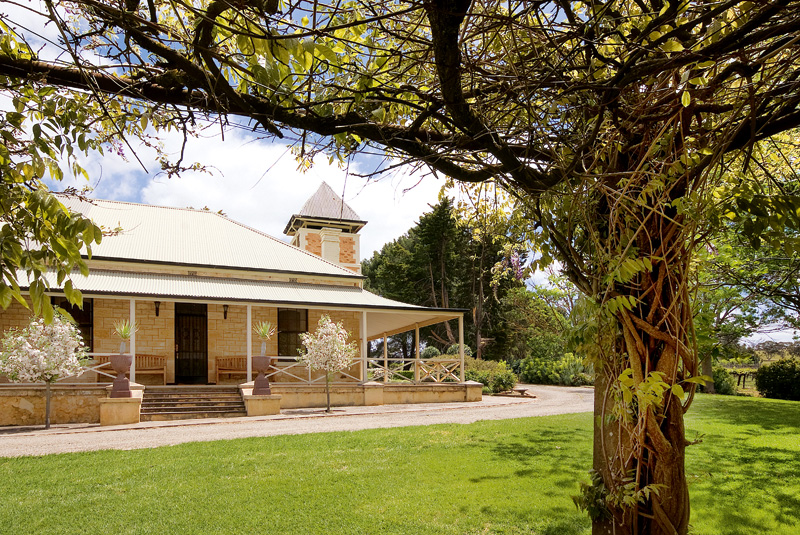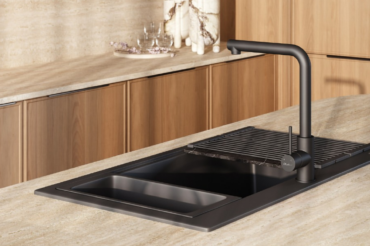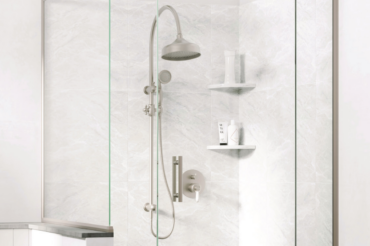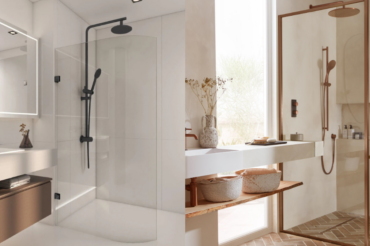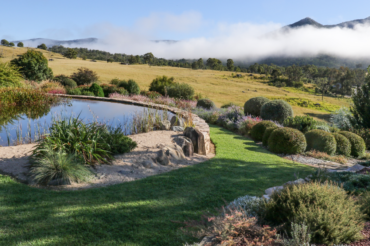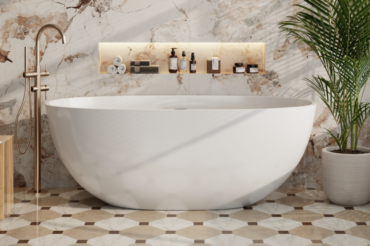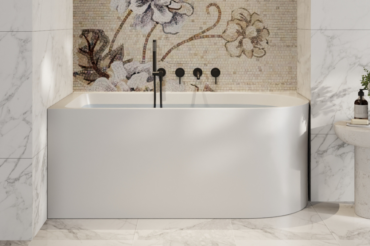
By all accounts, John Tothill, one of the founding fathers of the Clare Valley’s wine industry, was a man of vision. Clearly a person of great determination and dedication, Tothill bought an estate close to the village of Auburn from Colonel John Barker, who was an ex-British army officer with a distinguished career in India, in the early 1890s. In those days Australia was John Bull’s vineyard and the British thirst for our fortified wines seemed unquenchable.
Auburn’s proximity to Port Wakefield, which had been established on Gulf St Vincent as the port for the Burra copper mine, meant that barrels of wine, bales of wool and grain could also be loaded for shipment back to the UK, and the pioneering farmers were on to a good thing. Enterprising farmers had planted the first green-and-gold patchworked paddocks of the Clare region in the 1840s and ’50s, not long after the European arrival in South Australia in 1836. Of course, the traditional owners of the land had been there for tens of thousands of years before that and Tothill’s property was named Koonowla for the local Aboriginal Ngadjuri word for ‘‘place of water’’. The holding’s access to a permanent waterholes on a creek was a major reason for its farming success.
While it may be easy to make money in a good season, it takes strategy to build a business that survives and it seems John Tothill had that in spades. Early in his tenure he planted vines and hired local stonemasons to build the homestead and winery buildings which must have been the talk of the district in their day. As Koonowla’s present owner, Andrew Michaels, explains, the winery was stepped down the side of a hill, so gravity could be used to drain the freshly crushed grape juice into fermenters and finally into vats in the cellar, which was dug into the hill thus guaranteeing a constant temperature of somewhere between 15°C and 18°C.
“I’m not sure if Tothill was an engineer, but there is plenty of evidence that he was a very strategic thinker,” Andrew says. “He knew the value of diversification and planted an extensive fruit orchard that included apricot, walnut and fig trees.”
The fruit was spread out on tables for drying and packing in another stone building, which now acts as Koonowla’s cellar door. Tothill also made use of the flood plains beside the creek to grow vegetables and was one of the first farmers to introduce irrigation using a series of three dams linked by underground piping.
“By all accounts, it was an intensive farm rather than a large one,” Andrew says. “Tothill covered all bases with his incredibly diverse plantings and livestock portfolio, so if one thing failed, he always had something to fall back on.”
Sadly, Tothill’s health was not as robust as his estate and he returned to London for treatment, which was unsuccessful. The foundations he had laid at Koonowla were solid, however, and the winery continued to prosper until 1926 when a fire destroyed the winery building and much of the wine stock. The property was converted to grain and wool production and it wasn’t until 1985 that an eight-acre (3.2-hectare) plot of Cabernet Sauvignon restored Koonowla to its wine-making tradition.
Andrew and his then wife moved to Koonowla in 1991 and they raised their three children on the property. Almost immediately Andrew embarked on a restoration program, which has seen many of the property’s splendid stone buildings restored to their heyday. He’s also gradually built up the vineyard and added Riesling, Shiraz, Merlot and Semillon to plantings that now cover about 120 acres (50 hectares).
“I grew up on a mixed-grain farm north of Clare, so I have no wine experience,” Andrew explains. “We’re very fortunate to have the assistance of winemakers David O’Leary and Nick Walker and I leave that side of the business in their capable hands. I do, however, have a hand in the marketing side and general overseeing of the farming operation, which continues its tradition of diversity. Our crops include wheat, barley, canola, beans, peas, lentils and oats for export hay. We also have Angus cattle and fatten sheep when seasons permit.”
Just like Koonowla’s founder, Andrew also has a keen eye for opportunity and has recently added hospitality to his portfolio. These days, the cellar door is open most weekends with a pizza oven cranking out sustenance for happy tasters. The property is also popular as a wedding venue, with the stone buildings providing a backdrop for photography and the grounds a perfect venue for marquees or open-air occasions.
“Some of the trees, such as white cedars, are Indian in origin, which harks back to Koonowla’s founder,” Andrew explains. “It’s a lovely spot for relaxed entertaining and it’s great to be able to continue traditions that are now more than a century old. From the history and beautiful old buildings to the wine and food culture here’s lots to love about the Clare. It’s not yet a corporate area, so the person you meet at the cellar door or front of house most likely is an owner or relative. And we’re just over an hour and a bit from Adelaide, so it’s hardly surprising that there’s a real sense of energy about the place.”
The complete story was originally published in Australian Country issue 22.2. Click here to subscribe to our magazine
Words Kirsty McKenzie
Photography Ross Williams
Styling Bronte Camilleri

